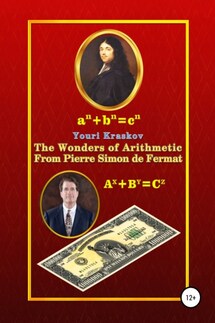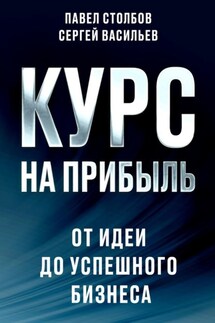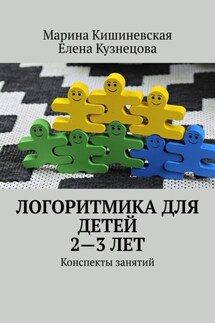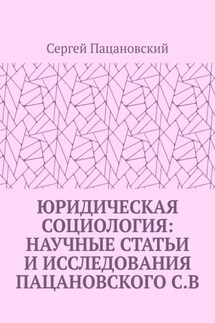The Wonders of Arithmetic from Pierre Simon de Fermat - страница 30
By working in the intense and tireless search for the FLT proof, it has never even occurred to anyone to search for Fermat’s manuscripts with layouts and calculations, without which he could not do28. However, again from Singh’s book we learn that such an idea came to Euler who asked his friend living in Lausanne (a city not far from Toulouse) to look for at least a little piece of paper with Fermat’s instructions to the FLT proof. But nothing was found, however, they were looking for what we do not really need! It was necessary to look for a cache!!!
Here is the new puzzle, which is not easier! What else kind of cache? … Oh yes! The fact is that only those Fermat's works remained, which he itself had already prepared for publication since otherwise they would hardly have been published. But all the working manuscripts for some reason has disappeared. It looks very strange and it is possible that they can still be kept in the cache, which Fermat has equipped to store the material evidence necessary for him to work as a senator and high-ranking judge. It was quite reasonable to keep calculations and proofs there, since Fermat’s scientific achievements could significantly damage his main work if they were made public before the establishment of the French Academy of Sciences.29
If we could somehow look into this cache, what will we see there? To begin with, let's try to find some simple tasks there. For example, the one that Fermat could offer today for secondary school students:
Divide the number x>n−1 by the number x−1, or the number x>2n−1 by
the number x±1, or the number x>2n+1+1 by the number x+1.
It is obvious that students with the knowledge of solving such a task will be simply a head over the current students who are trained in the methods of determining the divisibility by only some small numbers. But if they else know a couple of the Fermat's theorems, they can easily solve also the more difficult problem:
Find two pairs of squares, each of which adds up to the same number
in the seventh power, for example,
221>7=151114054>2+53969305>2=82736654 >2+137487415>2
Compared to the previous task where calculations are not needed at all, in solving this task, even with a computer calculator you have to tinker with half an hour to achieve a result, while apart from understanding the essence of the problem solution, you need to show a fair amount of patience, perseverance and attention. And who understands the essence of the solution, will be able to find other solutions to this problem.30
Of course, such tasks can cause a real shock to today's students and especially to their parents who will even demand not to “dry the brains” of children. But if children's brains are not filled with elementary knowledge and not trained by solving the corresponding tasks, they will wither by themselves. This is proven by the statistics of the steady decline in today's students IQ compared with their predecessors. Really in fact, the above tasks are only a warm-up for the young generation, but children could produce a real furor for mathematicians offering them some simple Fermat's theorems about magic numbers (see Pt. 4.4.). And this is else a big question, could these theorems being solved by today's professors or will they again need some three hundred years and the story with the FLT will repeat? However, the chances of them in contrast to previous times, are very high because magic numbers are a direct consequence of the same “truly amazing” proof of the FLT, about the existence of which we have direct written evidence from Fermat himself.






